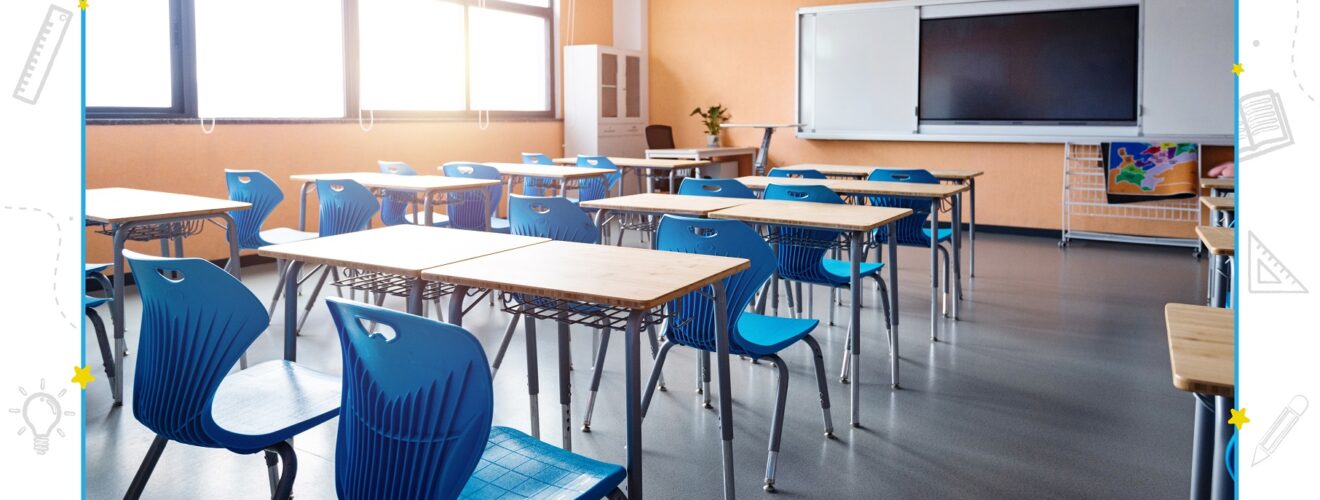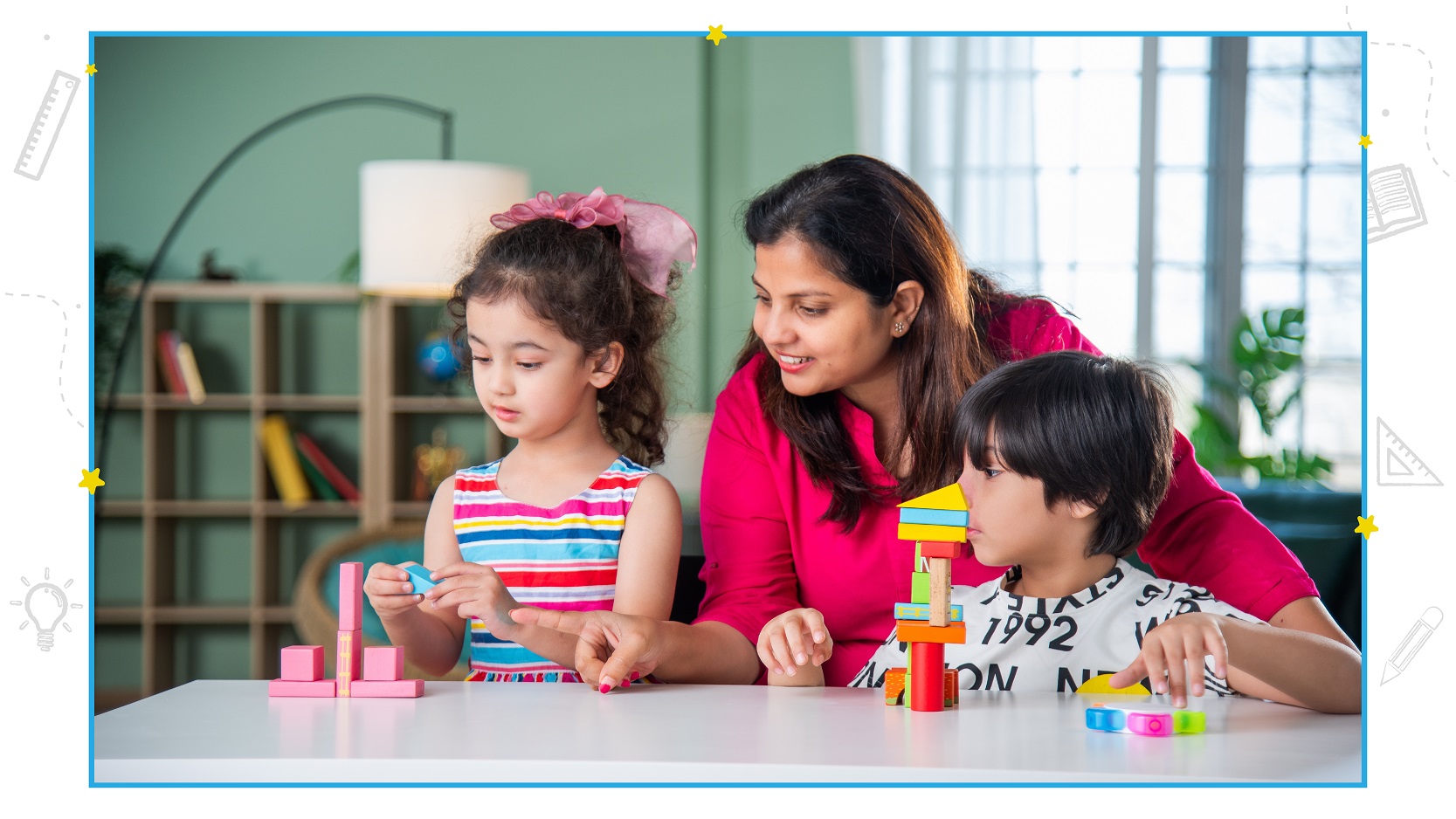How does a well-designed classroom support student learning?

When it comes to teaching and learning, the physical environment and space matters. It is a critical factor that promotes and supports student learning. A classroom is more than just four walls; it’s a stage where young minds engage, explore, and grow. For effective learning, classroom setup requires students to hear clearly, see vividly, and feel comfortable. Teachers must have the freedom to move, observe, and inspire the little ones. Designing a space that supports both teachers and students is paramount.

Creating effective learning environments is important for a school campus
The Shri Ram Universal School, Bangalore believes that Creating effective learning environments adds value to the campus. This blog explores the needs of space for students of all ages.
Perils of a poorly designed classroom
Imagine a classroom where rows of desks are rigidly fixed, the walls are bare, and the only source of light is harsh fluorescent bulbs. This is a space where learning is at risk. Students are confined to uncomfortable seats for hours, their bodies aching and minds wandering. It’s difficult to focus when surrounded by distractions, and their behaviour and listening skills inevitably suffer.
A poorly designed classroom breeds disorientation, distraction, and disinterest. As one of the best CBSE schools in Bengaluru, we understand these issues.
Effects of an active learning classroom design
A well-designed classroom enhances a positive connection between students and learning. It’s a space that invites exploration, collaboration, and creativity. A daytime environment is conducive for teachers and students. Proper lighting aids cognitive thinking for children. All light is not the same. Natural light is different from that of tube lights and bulbs.

Active learning classroom design aids the learning process
Hence, in schools natural lighting and ventilation are desirable.
Five key elements contribute to creating such an environment.
- The space should be interactive and stimulating, with engaging visuals and learning materials.
- The furniture and colour schemes should be carefully chosen to suit the age and needs of the students.
- The design should be flexible, allowing for easy rearrangement to accommodate different learning activities.
- Accessibility and visibility are crucial. All students should have easy access to learning materials, and the teacher should be able to see and reach every student.
- The classroom should be designed to facilitate movement, have windows and doors for air and ventilation.
ZEN SPACES ..@TSUS @North Bengaluru
As a progressive and much sought after Brand, we at The Shri Ram Universal School master the Art of School Aesthetics and create several Conducive ZEN SPACES for our students. While doing so, we bring in radiant colour combinations and exclusive terrains that are Eye captivation and Heart filling.
These places mark the Significance of our Objectives strongly.
We believe in a School, being a Beautiful Place that will create Radiance at all times.
Versatile classrooms are popular
Children have bundles of energy and cannot sit still. They need to move around to keep them engaged in the class. Movement is also an essential part of learning. It helps students to form groups for discussions, play, and projects. It allows teachers to circulate and provide individual guidance by paying attention to each child. Flexible classroom designs promote collaboration and engagement, inspiring students to take ownership of their learning.
Low tables, mats, mobile desks, and quiet corners create a variety of spaces for different activities. Versatile classrooms also harness the power of technology to enhance the learning experience.
A well-designed classroom is more than just an aesthetic choice; it’s an investment in the future of our children. By creating spaces that are inspiring, flexible, and supportive, we empower students to become active participants in their own learning journeys. We prioritise classroom design as a fundamental component of educational success.



